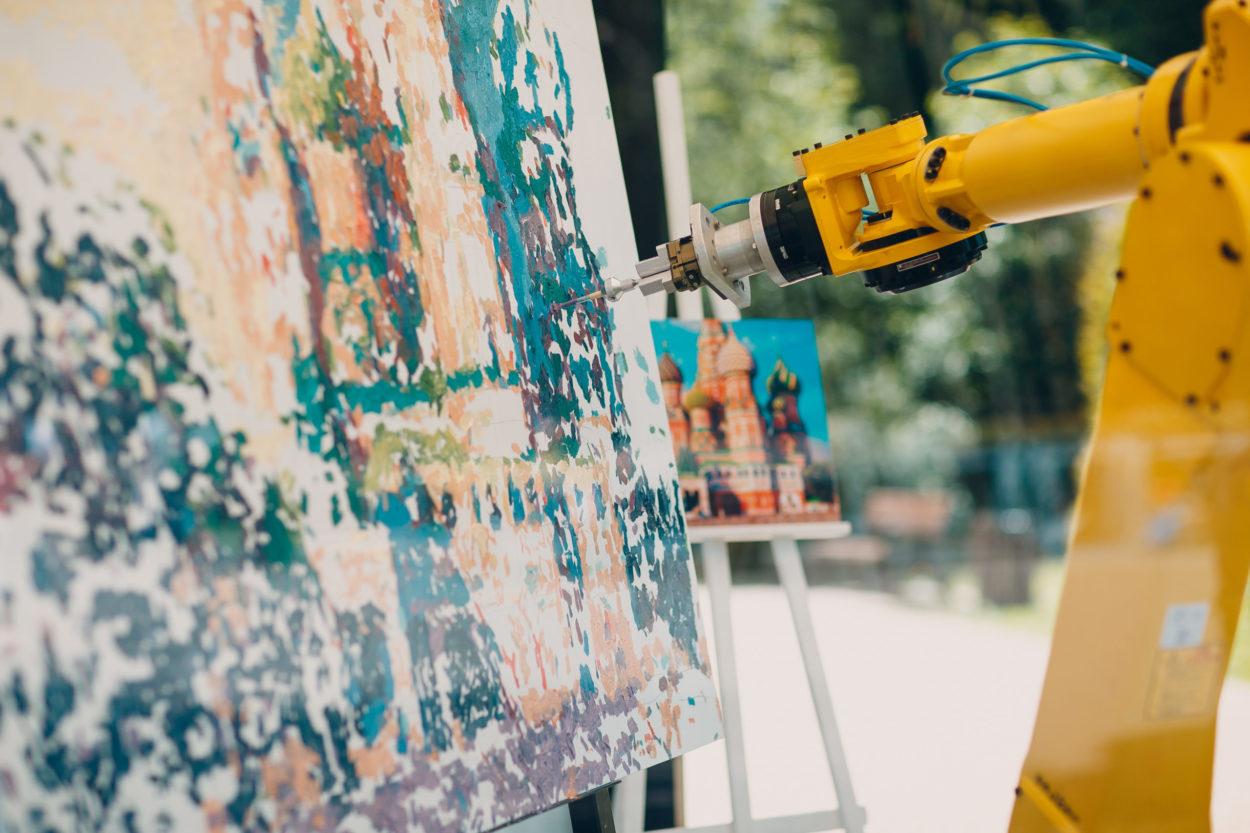
In another unprecedented first for AI, an AI-controlled robot arm created an artwork that sold for millions of dollars at an auction in New York this week. The painting, created by a robot arm trained using a deep learning algorithm, was titled “Rhapsody in Blue” and has raised a number of legal and ethical questions around ownership rights and who should receive the proceeds of the sale. Some argue those who wrote the code that trained the AI model are the rightful owners, while others believe those who designed and built the robot arm should receive the proceeds.
In response, the auction house announced the establishment a special fund to support the development of AI in the arts. The fund will provide grants to artists and researchers working in the field of AI-generated art, as well as to organizations working on AI ethics and regulation.
Meanwhile, the FBI’s art forgery unit also raised concerns about the model’s potential to create fakes that could fool even the toughest of experts. With a machine’s ability to exactly match brushstrokes, pressure, colour, and style, the nuance of human inaccuracies, which has for decades been the basis of forgery detection, goes out the window.
Concerns were also raised about the potential for AI to replace human artists, and whether the creation of art by machines diminishes the value of human creativity. Critics have argued that the sale of the painting is a clear indication of the increasing dominance of machines in areas traditionally reserved for human ingenuity.
Non-profit Advocates for AI in the Arts (AFAITA) argued the technology will expand human creativity by providing new opportunities for artistic expression. “The AI algorithm used [to train the robot arm] was based on the work of human artists – the machines are only augmenting and enhancing what we, as humans, are able to create, they can’t replace it,” said AFAITA Chairperson, Marc Stephenson.
As the debate over the ownership and value of AI-created art continues, one thing is clear: The intersection of technology and art is shifting, and the implications for both the art world and society are significant. The sale of “Rhapsody in Blue” marks a major turning point in the art world – just another way AI is disrupting creative industries.
Warning: Hazardous thinking at work
Despite appearances to the contrary, Futureworld cannot and does not predict the future. Our Mindbullets scenarios are fictitious and designed purely to explore possible futures, challenge and stimulate strategic thinking. Use these at your own risk. Any reference to actual people, entities or events is entirely allegorical. Copyright Futureworld International Limited. Reproduction or distribution permitted only with recognition of Copyright and the inclusion of this disclaimer.
